New Paper Shows Invasive Species Removal is a Nature-Based Solution for Climate Resilience
Island Conservation and partners have published a new paper quantifying ecosystem resilience on restored islands!
Restoring islands for nature and people worldwide.
Published on
December 21, 2017
Written by
Emily Heber
Photo credit
Emily Heber
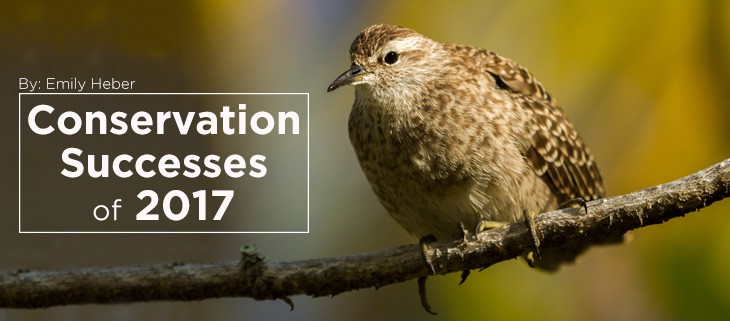
By: Emily Heber
Five remote Pacific islands are once again safe havens for four of our world’s rarest bird species following the success of one of the most ambitious island restoration projects ever implemented. Conservation efforts in Acteon and Gambier have now more than doubled the safe, available habitat for the Polynesian Ground-dove (Alopecoenas erythropterus) and the Tuamotu Sandpiper (Prosobonia cancellata).
The Polynesian Ground-dove, which is locally known as the Tutururu, is one of the rarest birds on the planet with fewer than 200 individuals left. Predation and competition by damaging, non-native (invasive) mammals in French Polynesia have driven these rare, endemic bird species to the brink of extinction. Now, these species have five islands where they can thrive without the threat of predation by invasive species.
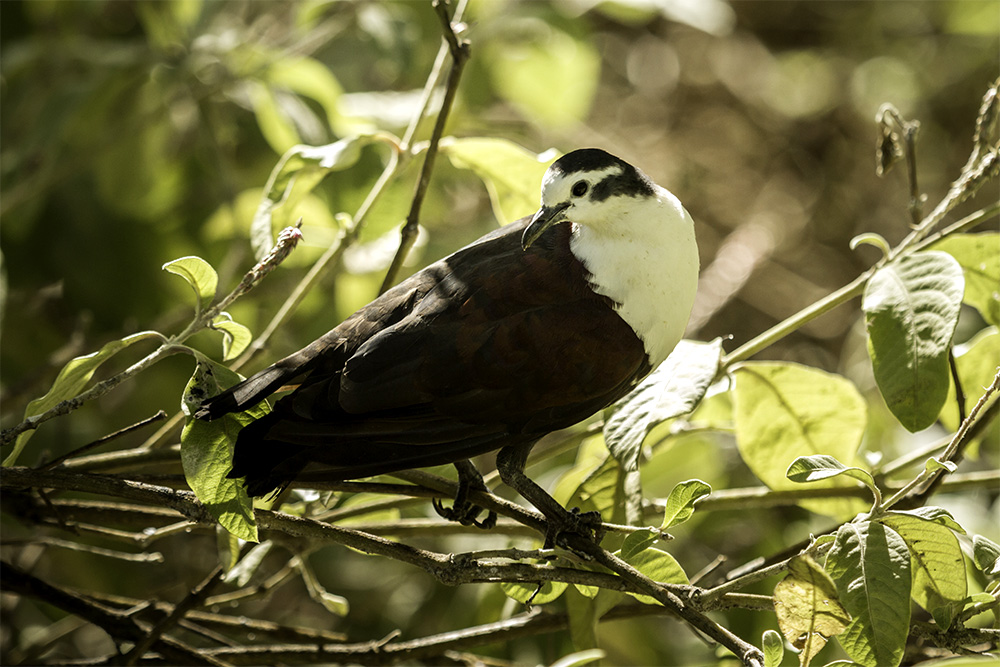
After more than a decade of conservation intervention, Desecheo National Wildlife Refuge (NWR) is once again safe for the Threatened Higo Chumbo cactus, native seabirds, and unique lizards found nowhere else in the world. Over 100 years ago, the island was a thriving nesting ground for thousands of native seabirds. Approximately 15,000 Brown Boobies, 2,000 Red-footed Boobies (Sula sula), 2,000 Brown Noddies (Anous stolidus), 1,500 Bridled Terns (Onychoprion anaethetus), and hundreds of Magnificent Frigatebirds (Fregata magnificens), Laughing Gulls (Larus atricilla), and Sooty Terns (Onychoprion fuscatus) nested here.
After the introduction of invasive mammals such as goats and rats, the islands seabird population and native vegetation began to dwindle until almost no seabirds were nesting in the refuge. Now, after a decade of conservation interventions, the island is beginning to rebound. Seabirds are returning and the Threatened Higo Chumbo cactus is beginning to show new growth.
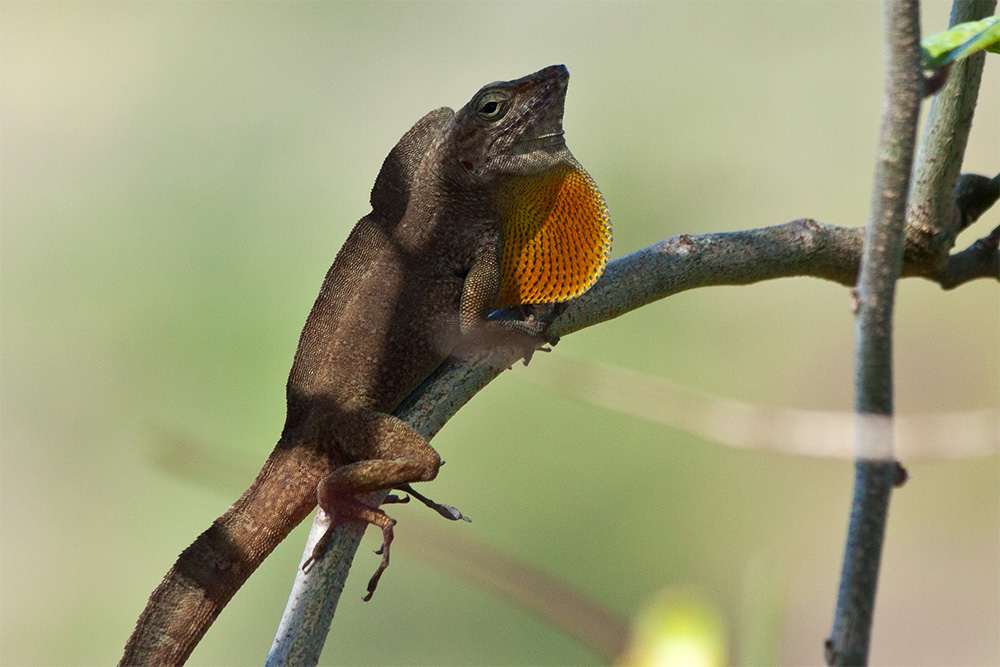
Cabritos is an island within a saltwater lake that is home to two species of threatened iguanas: the Critically Endangered Ricord’s Iguana and the Vulnerable Rhinoceros Iguana. Although the individuals are impressive in size, their populations began to dwindle as invasive feral cats and donkeys destroyed nests, preyed on juveniles, and damaged their critical habitat. The Ricord’s Iguana and Rhinoceros Iguana are the only two rock iguanas that overlap in their natural range. Both species have been declining in the Caribbean due to invasive species and habitat loss.
After years of conservation efforts, these two species now have safe habitat on Cabritos Island. This island ecosystem is now the only place on Earth where the Critically Endangered Ricord’s Iguana can roam free from the threat of feral cats, donkeys, and cows. These threatened iguanas survive as four populations, with three in the Southwest of the Dominican Republic and one in Haiti.
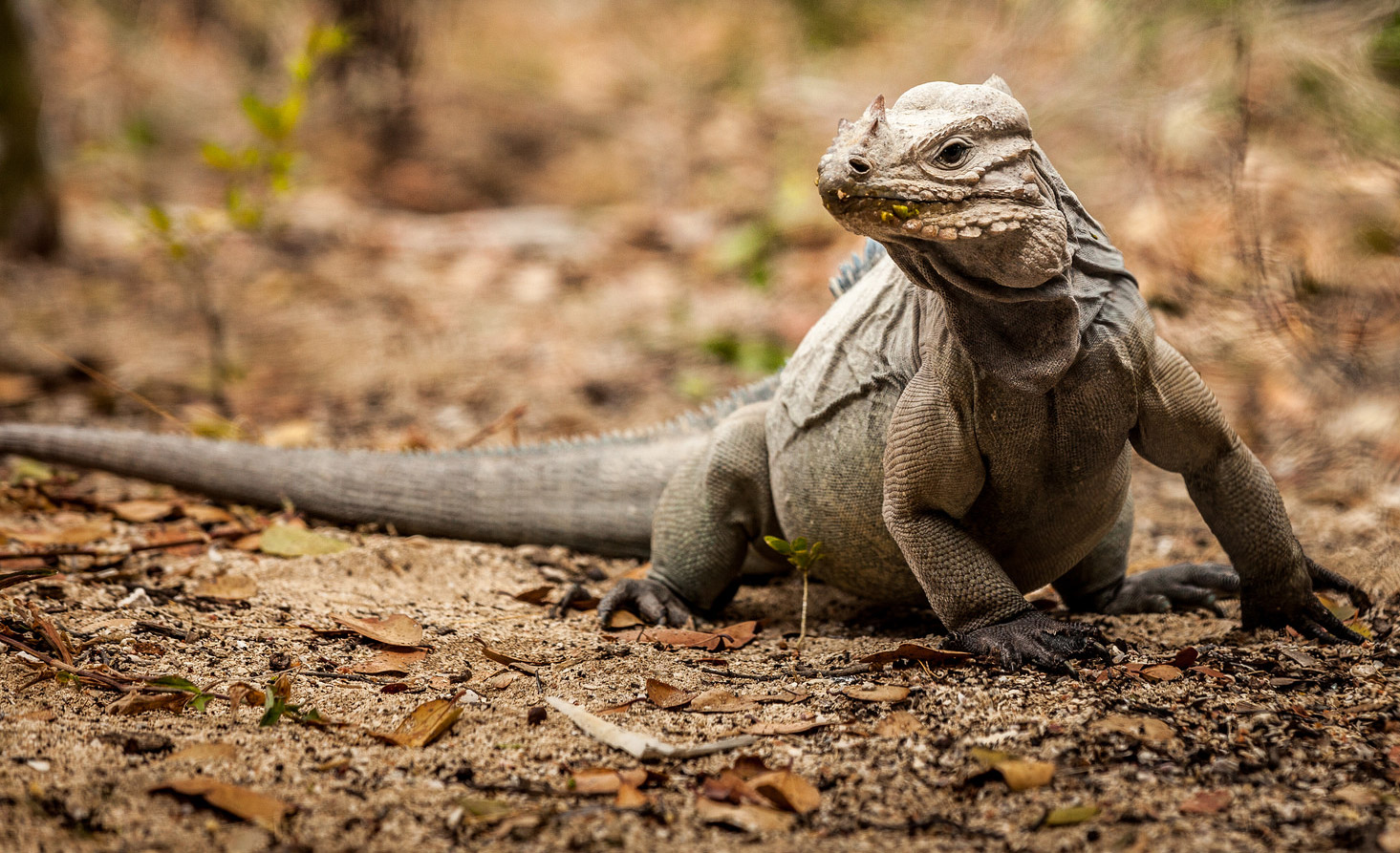
Megapodes are one of the many native species that call Ngeanges. This year a captive holding program has helped to save the rare birds. Ngeanges is currently in the monitoring phase after the removal of invasive rodents has paved the way for native species to thrive. The Palauan Megapode is not an officially recognized species, but due to their unique nesting habitat, many researchers believe they are endemic to this islands.
The small birds are highly vulnerable to invasive predators the moment the chicks dig themselves out of their nesting mounds. Although the species has a long way to go in terms of recovery, conservationists are hopeful that the captive holding program has protected them and will allow them to thrive in the absence of invasive rodents.
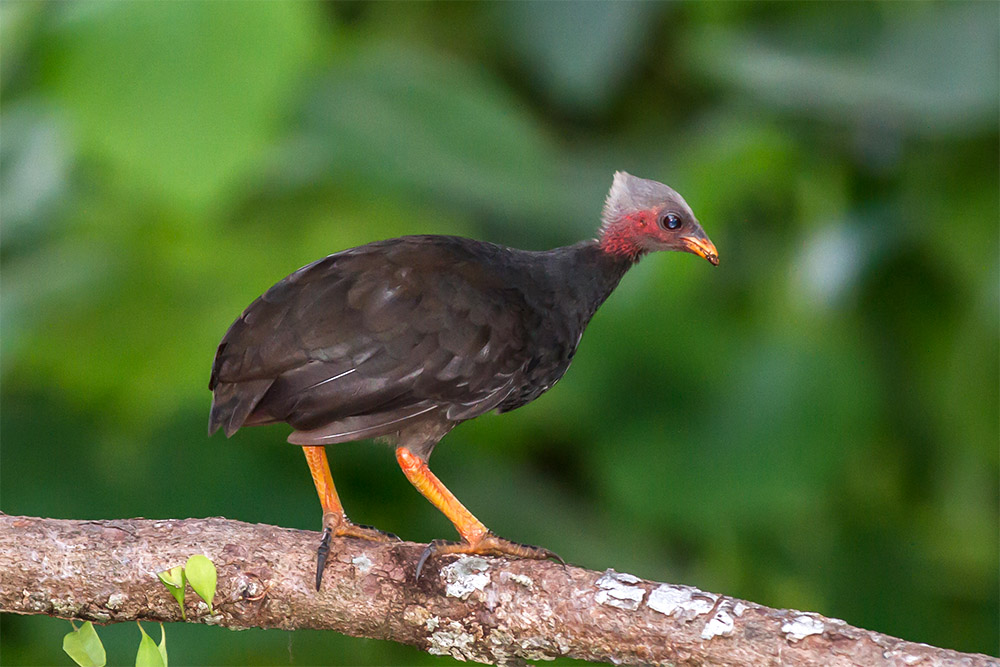
Featured Photo: Endangered Tuamotu Sandpiper. Credit: Marie-Helen Burle/Island Conservation
Check out other journal entries we think you might be interested in.
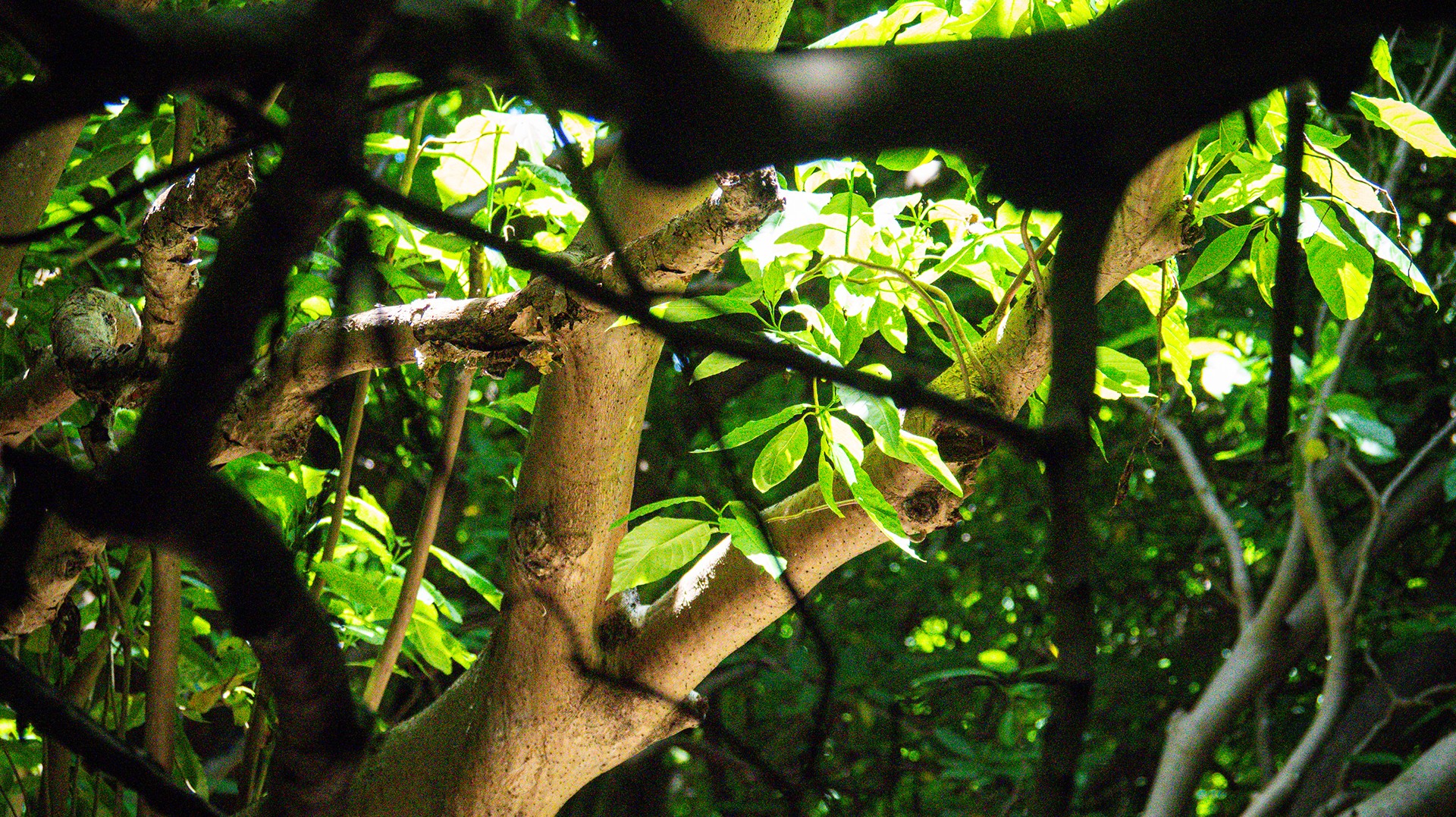
Island Conservation and partners have published a new paper quantifying ecosystem resilience on restored islands!
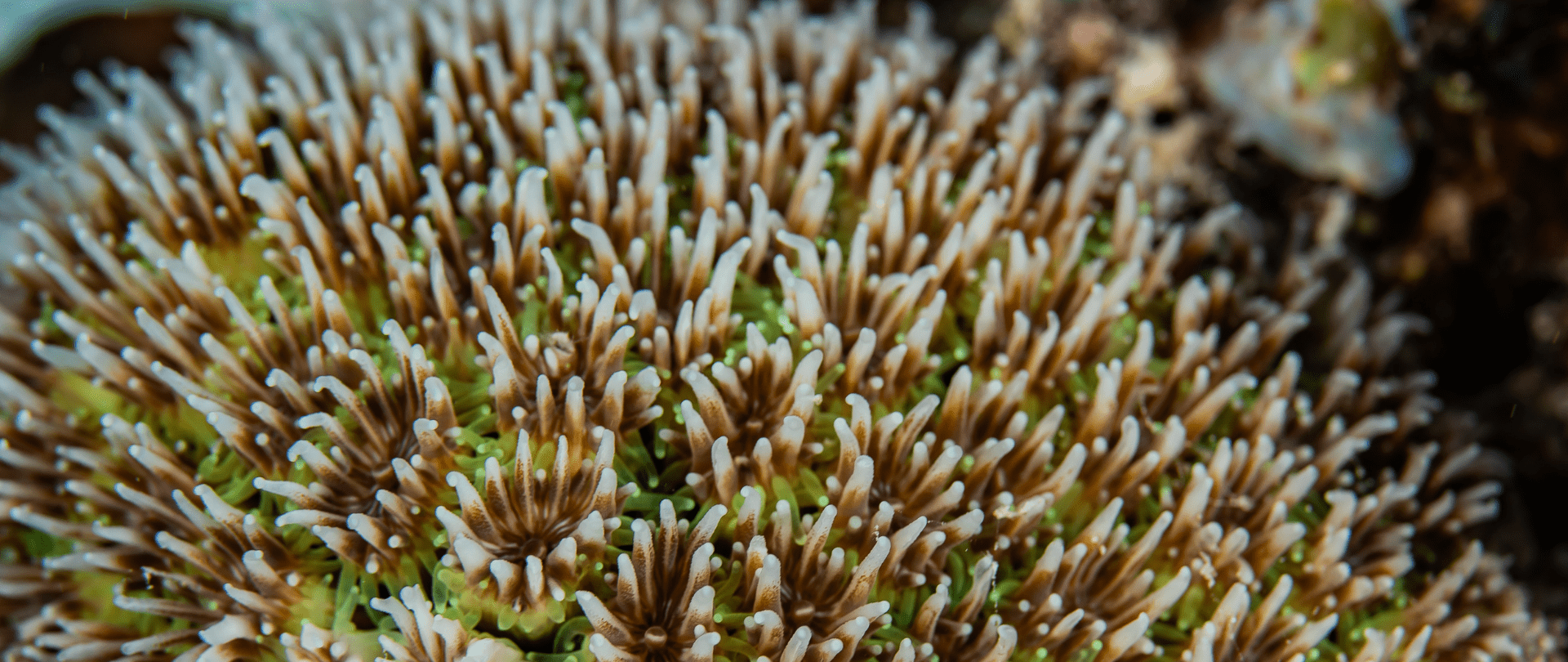
Climate Week NYC: what is it and why is it important? Read on to find out why Island Conservation is attending this amazing event!
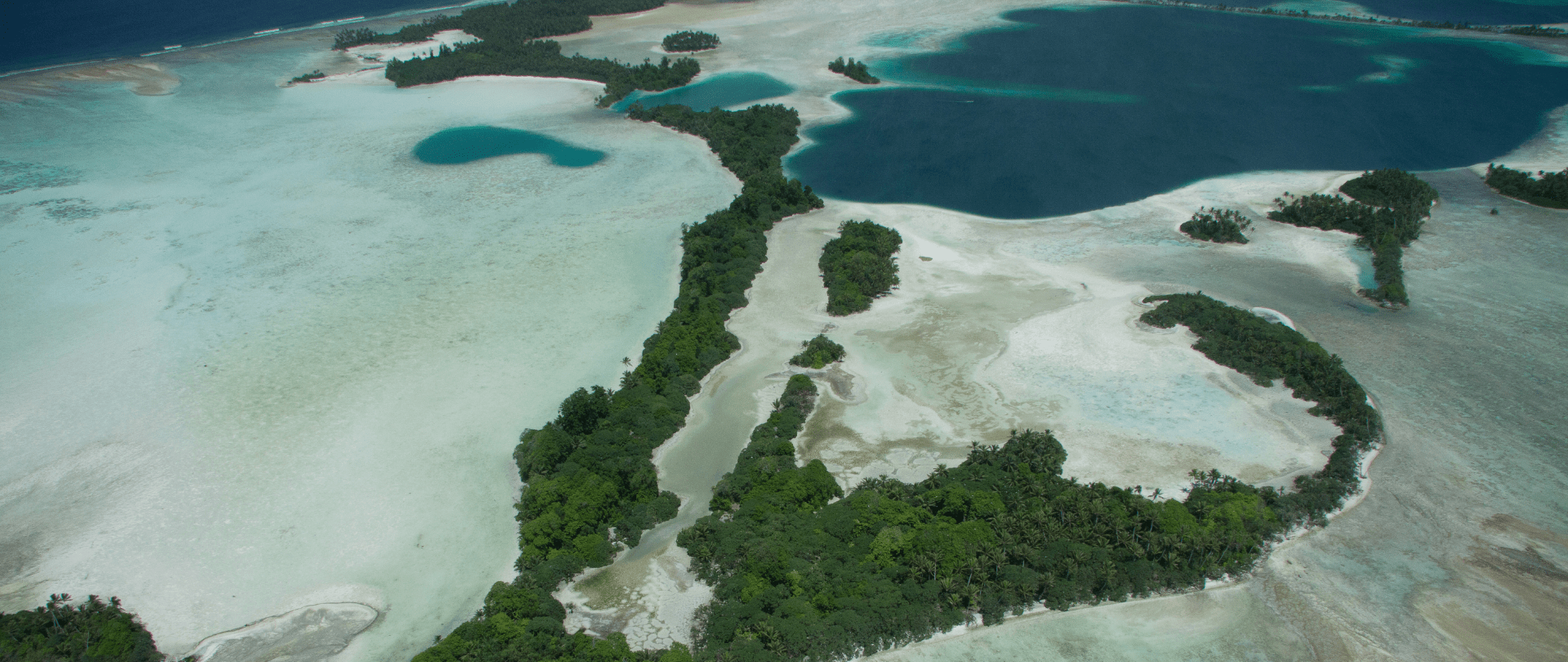
With sea levels on the rise, how are the coastlines of islands transforming? Read on to find out how dynamic islands really are!
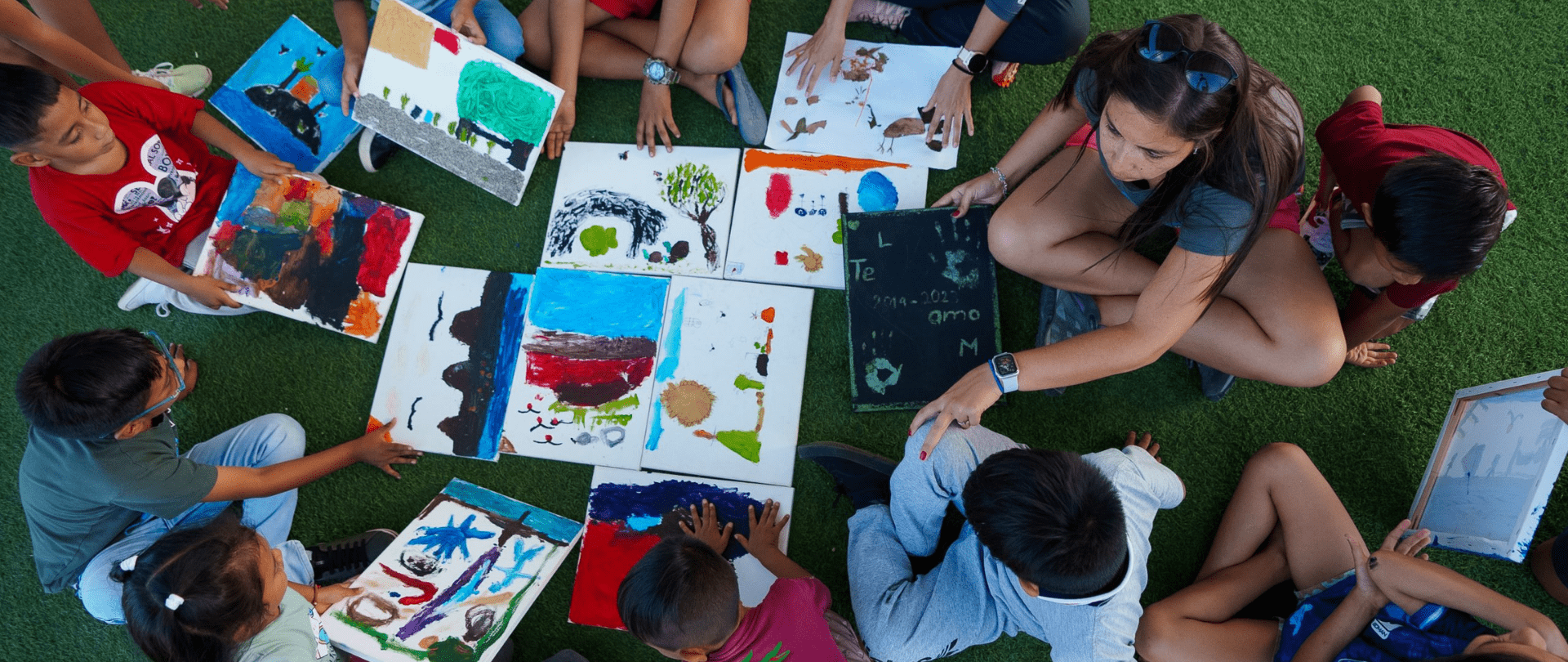
Join us in celebrating the most amazing sights from around the world by checking out these fantastic conservation photos!
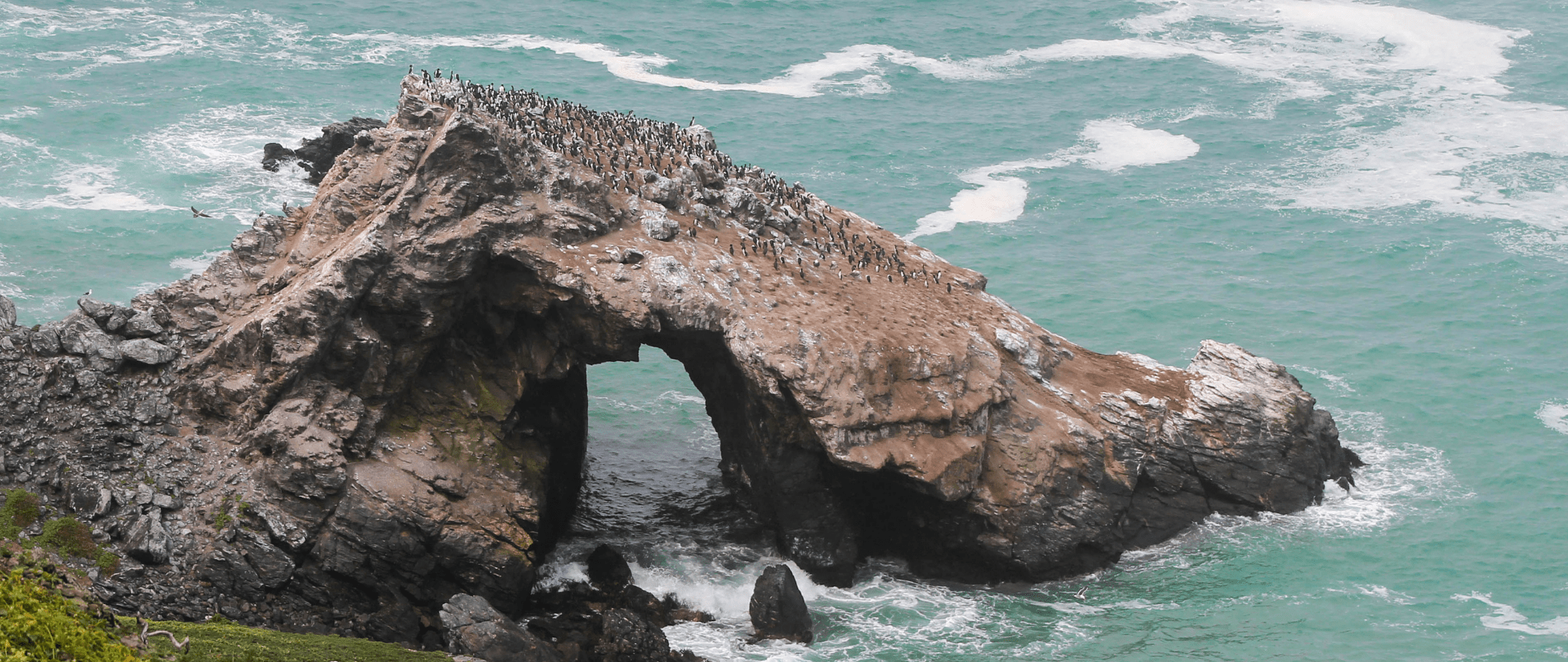
Rare will support the effort to restore island-ocean ecosystems by engaging the Coastal 500 network of local leaders in safeguarding biodiversity (Arlington, VA, USA) Today, international conservation organization Rare announced it has joined the Island-Ocean Connection Challenge (IOCC), a global effort to…
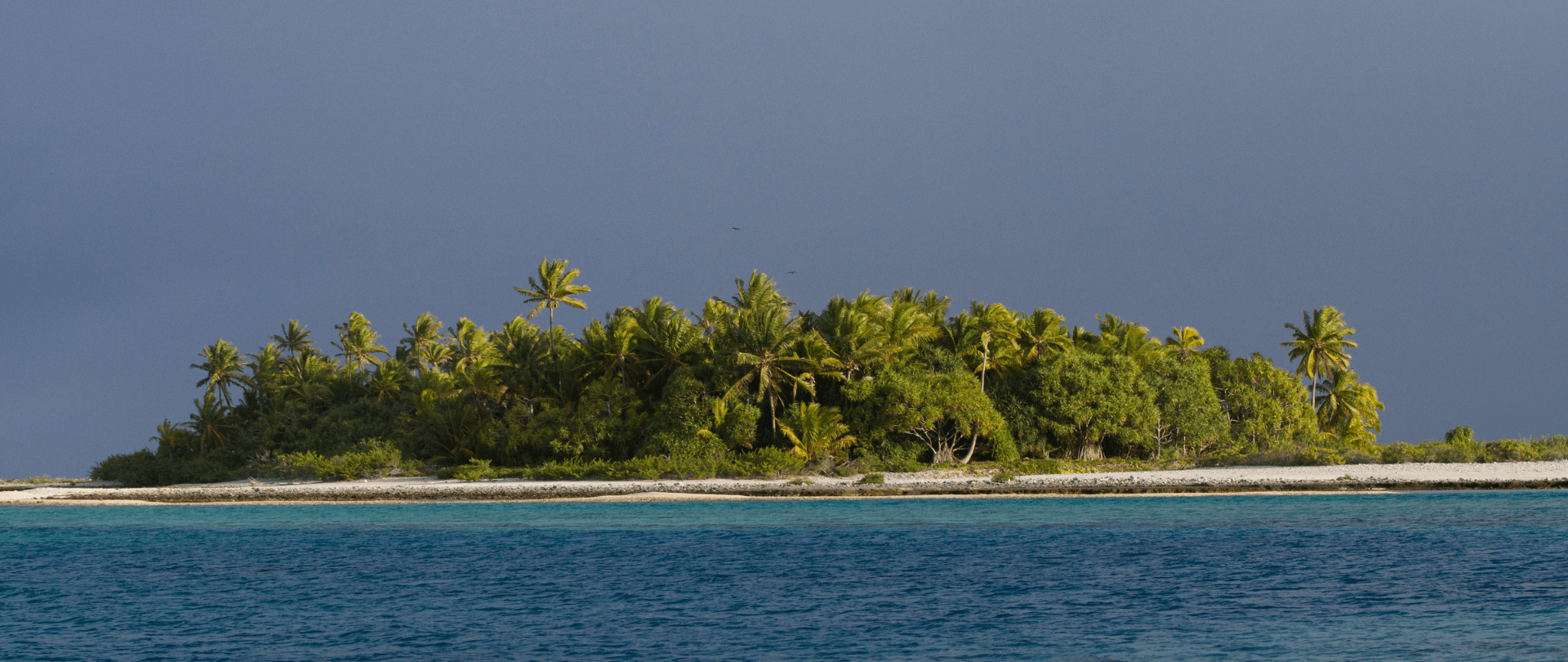
Island Conservation accepts cryptocurrency donations. Make an impact using your digital wallet today!
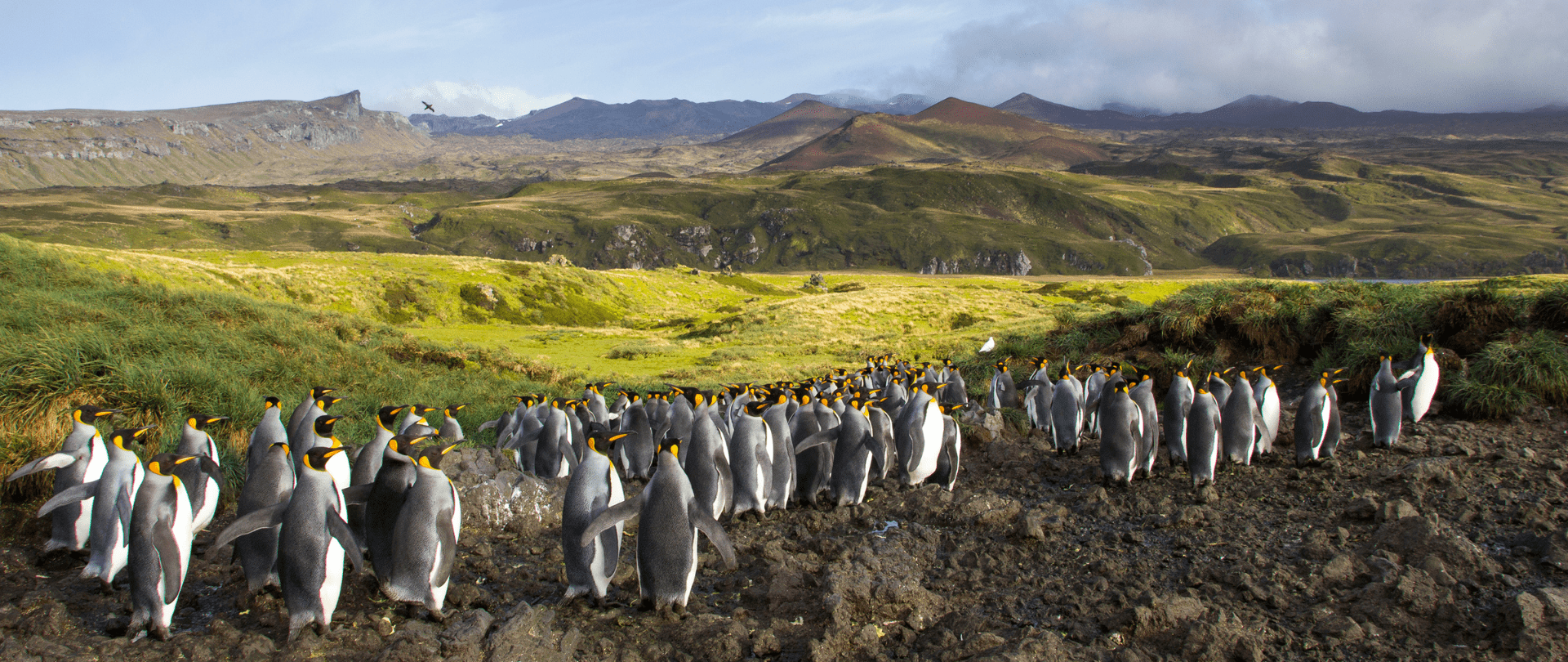
For Immediate Release Conservation powerhouse BirdLife South Africa has joined the Island-Ocean Connection Challenge (IOCC) – a global initiative aiming to restore, rewild and protect islands, oceans and communities – to support its work to save internationally significant albatross populations…
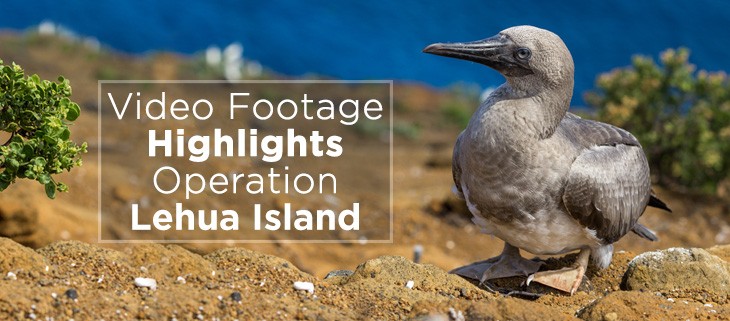
Video captures insights and hopes from the partners who are working to restore Lehua Island, Hawai’i. In 2021, Lehua Island officially became free from the threat of invasive rodents. This is a huge accomplishment that has enriched the region’s biodiversity…
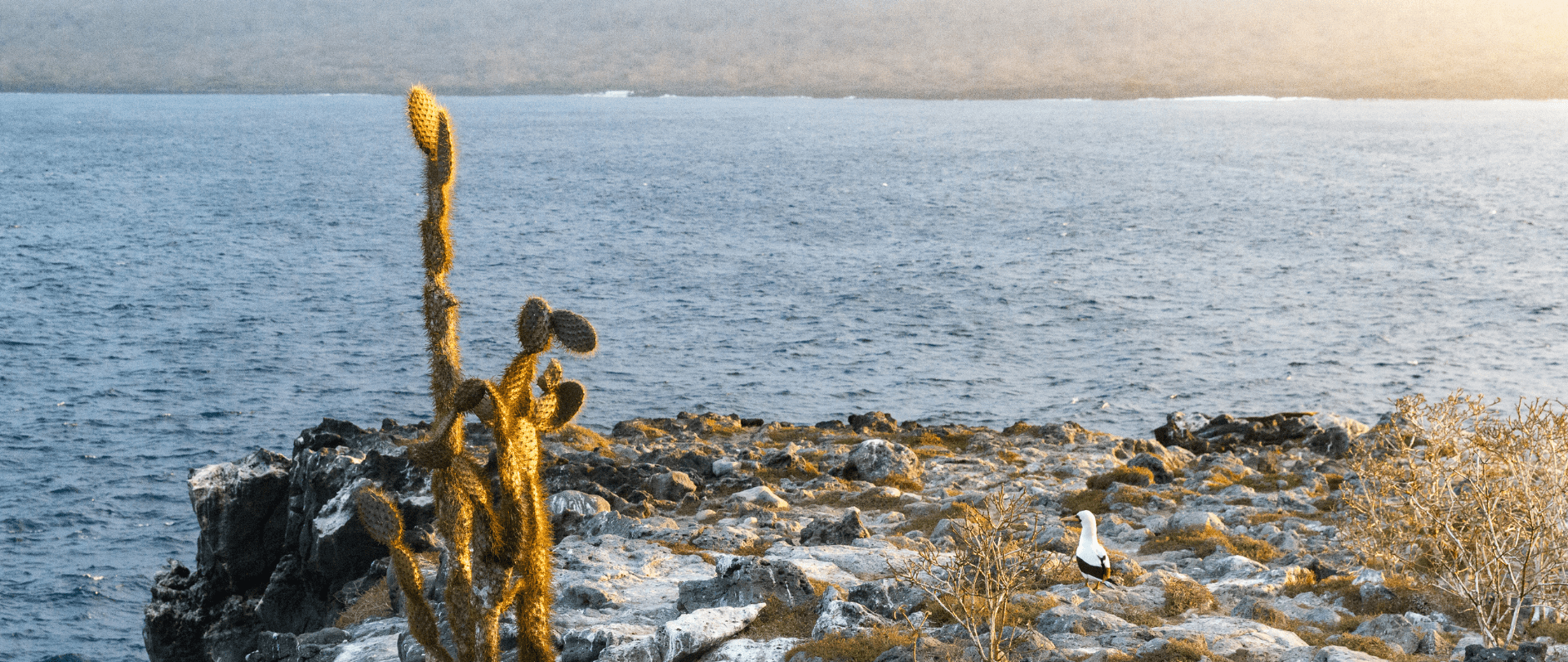
Carolina Torres describes how the project to restore and rewild Floreana Island signals hope for a future where people and nature can thrive together in the Galápagos.
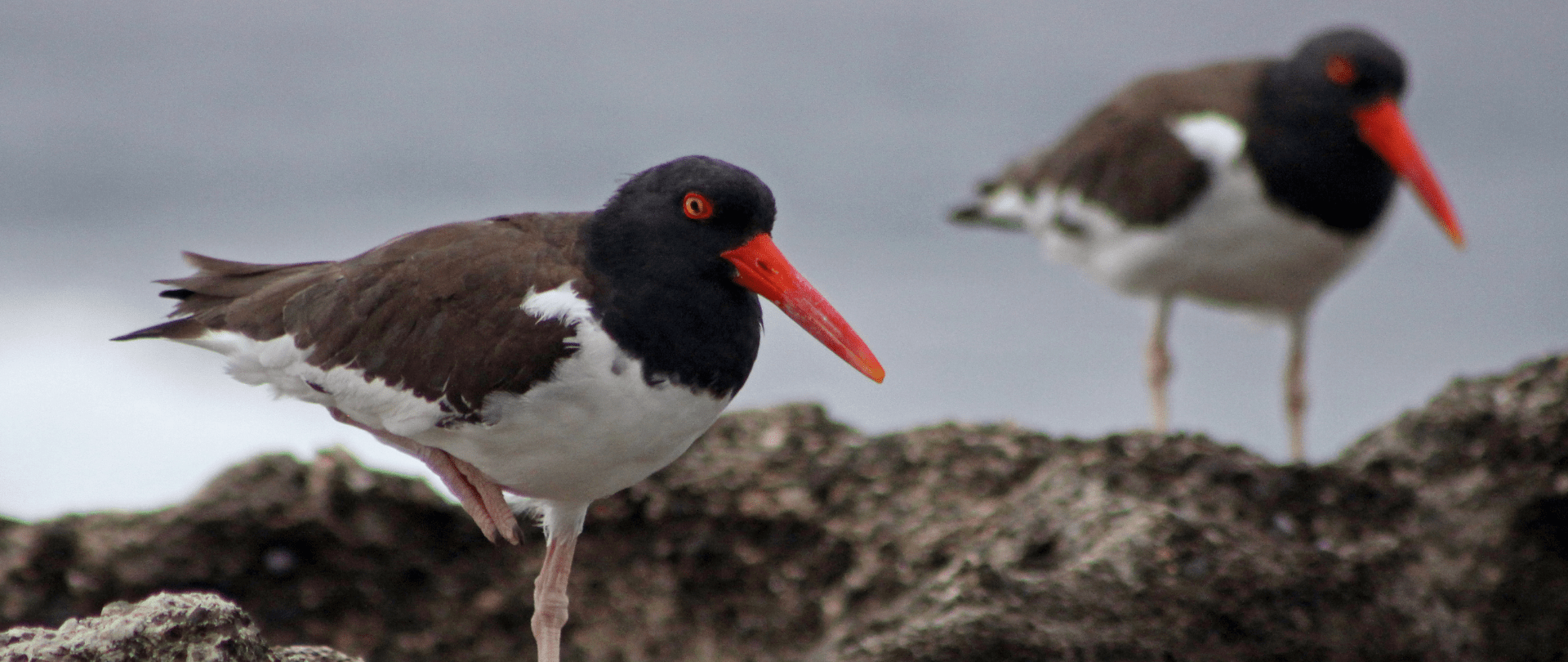
A new plan to restore seabird habitats in areas affected by the Deepwater Horizon disaster includes invasive species removal.